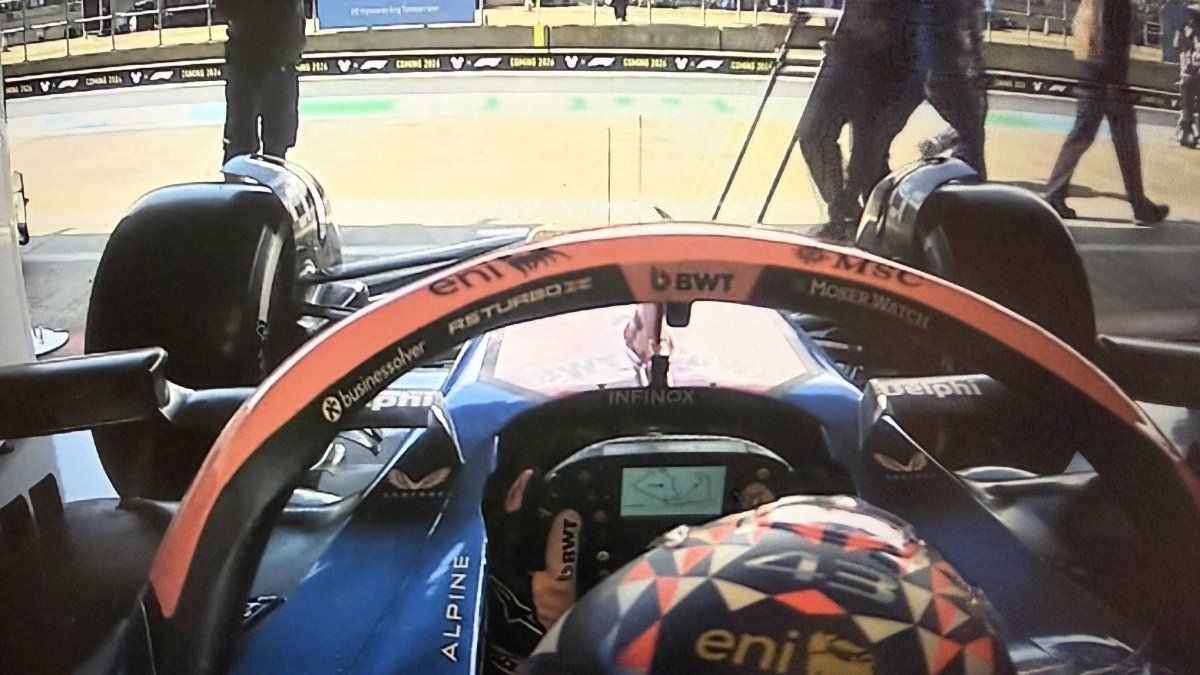Drones have long been a reality in science fiction films. However, reality is very far removed from such an intensity. A new set of rules could soon give the drone business a boost.
Germany’s drone industry has so far been one thing above all: a promise for the future. The unmanned aircraft are already being used, for example to search for missing persons, inspect pipelines or to transport medicines.
However, the actual potential – experts agree on this – is much greater than is currently practiced. With legislation due next year, this potential could be better exploited in urban areas. These new drone options are a big topic at the European Rotors aviation trade fair, which starts today in Cologne.
It’s about “U-Spaces”, i.e. urban airspaces near the ground in which the flights of drones, helicopters and airplanes are coordinated. They are only a few hundred meters high – how high exactly has yet to be determined. You are below the altitude of airplanes – unless they are taking off or landing.
Out-of-sight flights are possible, but…
In contrast to the wider airspace, where flight movements are monitored with radar, this area is uncontrolled to a certain extent – there is no data exchange there that offers a precise overview of all flight movements, including those of drones. Therefore, the unmanned aerial vehicles are actually only allowed to fly within sight of the pilot who is on the ground. Flights out of sight are possible, but the approval process is very complex.
The U-Spaces should change that, there drones should also be allowed to fly out of sight during regular operation. In order to avoid collisions, the locations of the missiles should be made visible to everyone involved. A service provider authorizes the flights and gives the drone pilot instructions on where he can fly.
“U-Spaces are a milestone for better integrating unmanned aerial vehicles into airspace,” says SPD member of the Bundestag Anja Troff-Schaffarzyk. The Green Susanne Menge says that the operation of larger drones without U-Spaces would be limited to special applications. “If it’s about other, recurring drone missions, it’s hardly possible without setting up U-Spaces.”
U-Space law proposal awaited
The EU Commission has stipulated in a framework regulation that work can start at the end of January. Exactly how this is done is left to the Member States to decide. According to the Federal Ministry of Transport, a proposal for a U-Space law will be presented next year. Until the end of the legislative process, “real laboratories” could be designated for research purposes. This happened back in 2021 at the Port of Hamburg, and work is currently underway on another real laboratory in Ingolstadt.
According to Achim Friedl from the Association for Unmanned Aviation (UAV DACH), the first U-Spaces could begin in autumn 2023. “U-Spaces can be a big step forward in using drones more than before.” The aircraft could then arrive in the economy and also take over services for craftsmen, for example if a roofer wants to get an up-to-date overview from afar.
“U-Spaces must not become an obstacle”
The drone inspection of power and gas lines could also be significantly simplified and the use of unmanned aerial vehicles in medicine could increase. “If a tissue sample is taken during an operation and it has to be examined as quickly as possible in a distant laboratory because of the suspicion of a malignant tumor, the transport time with a drone could be significantly reduced compared to a car courier.” However, Friedl fears that the fees will be so high that it will not be worthwhile for many applications. “U-spaces must not become an obstacle that slows down growth and stifles progress.”
The Frankfurt-based company Droniq is positioning itself as a U-space service provider – the service provider, which belongs to Deutsche Flugsicherung and Deutsche Telekom, is already active in the industry. Company boss Jan-Eric Putze points out that the external operating costs are still unclear, partly because the size of the U-Spaces has not yet been defined by the legislature. The bigger, the better, because the use of airspace then becomes more attractive for the economy, says Putze. As for the prices, the manager says it is in Droniq’s interest that the demand for flights increases.
The Greens politician Menge says that U-Spaces would have to be subsidized at the beginning “to get going at all”. In the end, however, this business field has to be self-supporting, she emphasizes.
“Improving many facets of life with drones”
According to Droniq boss Putze, the U-Spaces will be the start of rapid growth in the drone industry – provided that the legislation is defined clearly and not restrictively. Reservations among the population are regrettable, he says. “The drone is not there to secretly photograph the neighbors, but to improve life with all its many facets.” Just as airplanes were once viewed with skepticism as an invention and later established themselves as a safe means of transport, drones are now on the way to becoming a recognized and reliable means of transport.
One of the drone manufacturers who have high hopes for the innovation is Quantum Systems from Oberpfaffenhofen in Bavaria. “A successful introduction of U-Spaces will give wings to the drone industry,” says company boss Florian Seibel. Instead of a pilot driving around in a car, stopping and then flying the drone within sight to monitor train tracks or pipelines, in the future he could do this much more easily and efficiently remotely. Technically, this has long been good and certainly feasible. “It is high time that the legislature finally followed suit.”
In a few years, will drones be a common sight when looking at the sky? Will it become a mass business if groceries and other goods also reach the buyer with it? Volker Gollnick from the Technical University of Hamburg shakes his head. “In Germany, drones will remain a niche market for a long time to come,” says the professor. Inspection flights to infrastructure, buildings, power lines, railway tracks or industrial plants will increase and air taxis will be introduced, and the U-Spaces are an indispensable basis for this. However, the fact that delivery drones fly to consumers and deliver goods will not establish itself that quickly.
Source: Stern
Jane Stock is a technology author, who has written for 24 Hours World. She writes about the latest in technology news and trends, and is always on the lookout for new and innovative ways to improve his audience’s experience.




